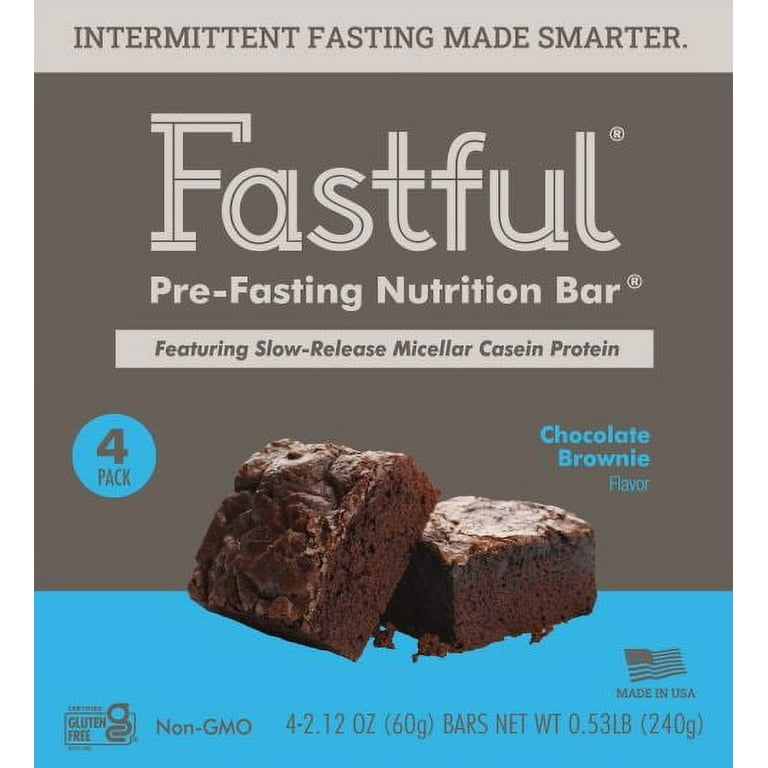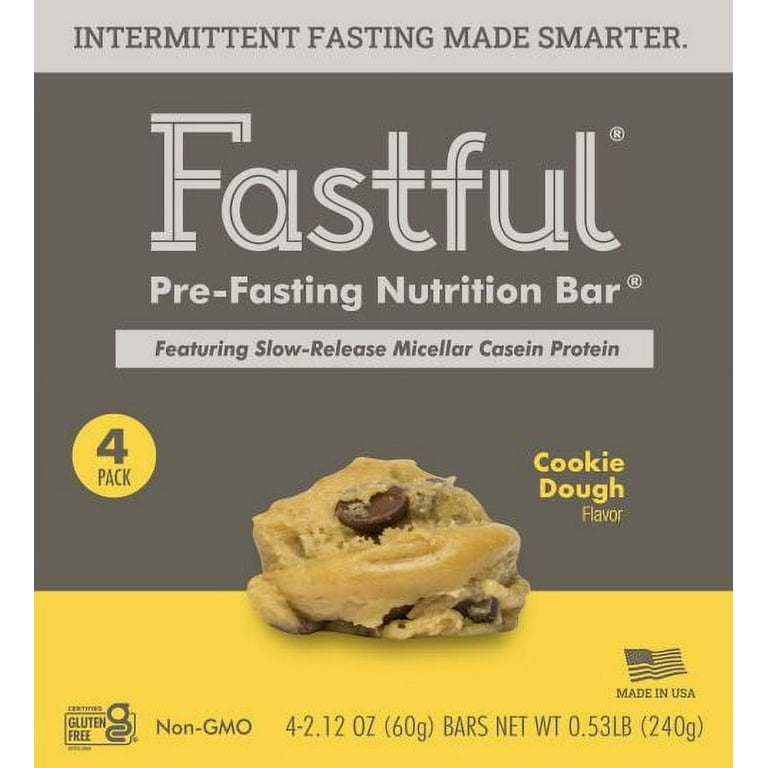During intermittent fasting, calorie intake is not specified but typically reduced. Total daily calories vary based on individual goals and meal plans.
Intermittent fasting emphasizes the timing of meals rather than prescribed calorie restrictions. This eating pattern cycles between periods of fasting and eating, with popular methods including 16/8 or 5:2 schedules. The focus is on limiting the hours or days when food is consumed, possibly leading to a natural reduction in calorie intake.
Key factors in intermittent fasting are the length of the fasting window and the caloric content of meals during eating periods. Supporters claim it can lead to weight loss, improved metabolic health, and even longevity. Before starting any fasting regimen, it’s crucial to align it with your lifestyle and health needs, ideally under the guidance of a healthcare professional.

The Basics Of Intermittent Fasting
Starting a journey with intermittent fasting? Understanding the basics is key. This eating pattern cycles between periods of eating and fasting. It doesn’t tell you what to eat but when to eat. Let’s dive into the fundamentals.
What Is Intermittent Fasting?
Intermittent fasting (IF) is a time-focused approach to eating. Unlike diet plans that specify what you eat, IF specifies when you eat. The focus is less on the calorie count and more on the eating schedule. This aligns with the body’s natural rhythms. In turn, it may provide health benefits and weight management.
Types Of Intermittent Fasting Protocols
IF protocols vary widely. Each has unique timing patterns. Here’s a snapshot of common methods:
- 16/8 Method: Fast for 16 hours, eat during an 8-hour window.
- 5:2 Diet: Eat normally for 5 days, restrict to 500-600 calories for 2 days.
- Eat-Stop-Eat: Do a 24-hour fast once or twice a week.
- Alternate-Day Fasting: Alternate between normal eating and fasting days.
- Warrior Diet: Eat small portions of raw fruits and veggies during the day, one large meal at night.
Choosing the right protocol depends on individual preferences and lifestyle. Success with IF often comes from finding the balance that fits daily routines.
Caloric Intake And Fasting
Intermittent fasting has gained popularity as a lifestyle choice for weight loss and health. Many wonder about the role of calories during this process. Understanding the calories you consume while fasting is crucial. It determines the effectiveness of your fasting regimen.
Role Of Calories During Fasting
During fasting periods, your body turns to stored fat for energy. This energy is measured in calories. While you don’t consume food during fasting, the calories you have during eating periods are vital. They provide the energy you need for daily activities. The right amount supports weight loss and maintains muscle mass while fasting.
- Balance is key: Eating too few calories can harm your metabolism.
- Consume nourishing foods that promote satiety during eating windows.
- Plan meals that are rich in nutrients and match your individual calorie needs.
Myths About Calories And Fasting
Some common myths can create confusion about calorie intake and fasting. Let’s debunk a few.
“Calories during fasting don’t matter”: This is untrue. Caloric intake is still important for maintaining body functions and overall health.
“Eating more before fasting stores extra energy”: It doesn’t. Overeating can lead to weight gain, opposing fasting goals.
“Zero calories are necessary during fasting”: Although you don’t eat, your body still needs energy from your stored calories to function properly.
| Myth | Fact |
|---|---|
| Calories don’t count | Every calorie counts for health and energy. |
| Overeating is beneficial | It’s not. It can sabotage fasting benefits. |
| No calories needed | Your body needs energy from fat stores to sustain. |
Remember: The quality of calories is just as important as the quantity. Choose foods that support your fasting plan and overall well-being.
Maximizing Intermittent Fasting Benefits
Intermittent fasting isn’t just about skipping meals; it’s a strategic approach to eating times and nutrition. Essential in maximizing its benefits is the amount and type of calories consumed. Eating rightly and timing meals can enhance weight loss, improve metabolism, and increase energy levels. Here’s how to do it.
Choosing The Right Foods
During intermittent fasting, every calorie counts. Consume nutrient-dense foods that provide the most health benefits without empty calories. Focus on these food categories:
- Proteins: Lean meats, fish, tofu, and beans.
- Fats: Nuts, seeds, avocados, and olive oil.
- Carbohydrates: Whole grains, fruits, and vegetables.
Timing Your Meals For Success
The timing of your meals can have a significant impact on your fasting success. Aim for a consistent eating window to help regulate your body’s clock. Consider the following tips:
- Start small: Begin with an 8-hour eating window, then adjust.
- Plan ahead: Prepare meals in advance to avoid impulsive eating.
- Stay hydrated: Drink water throughout the day, even during fasting periods.

Caloric Needs And Personal Goals
Caloric Needs and Personal Goals play a pivotal role in the success of intermittent fasting. Understanding how many calories your body requires is the first step to ensure you meet your health targets. Whether aiming for weight loss, muscle gain, or maintenance, aligning calorie intake to these objectives is crucial. Your body’s energy needs depend on several factors, including age, sex, weight, height, and physical activity level.
Assessing Your Individual Caloric Requirements
To establish your daily calorie needs, start by calculating your Basal Metabolic Rate (BMR). BMR is the number of calories your body needs at rest to maintain vital functions. You can use online calculators for a quick estimate. Next, factor in your physical activity level. Multiply your BMR by the appropriate activity factor. This total represents the calories needed to maintain your current weight. Keep in mind that these are estimates. Fine-tuning your calories can take time.
| Activity Level | Activity Multiplier |
|---|---|
| Sedentary (little or no exercise) | 1.2 |
| Lightly active (light exercise/sports 1-3 days/week) | 1.375 |
| Moderately active (moderate exercise/sports 3-5 days/week) | 1.55 |
| Very active (hard exercise/sports 6-7 days a week) | 1.725 |
| Super active (very hard exercise & physical job or training twice a day) | 1.9 |
Adjusting Intake For Weight Loss Or Muscle Gain
To lose weight, you need a calorie deficit. To gain muscle, you often need a surplus. Subtract 500-1000 calories from your maintenance calories for weight loss. This will result in losing 1-2 pounds per week. This is safe and sustainable. For muscle gain, add 250-500 calories to maintenance. Choose nutrient-dense foods for these extra calories. Aim for a balance of proteins, fats, and carbohydrates. Consistency is key to seeing results. Remember to adjust your intake as your weight changes or if your workout routine gets harder or easier.
- Weight Loss: 500-1000 calorie deficit per day
- Muscle Gain: 250-500 calorie surplus per day
Always consult a healthcare provider before making dietary changes. Keep track of progress and adjust as needed.
Nutrition And Hydration While Fasting
When you decide to fast intermittently, your focus must not just be on when to eat, but also what to eat. Eating the right foods and drinking enough water is vital. It helps your body run smoothly during the fasting window. Let’s dive into why choosing nutrient-dense foods and staying hydrated are key to a successful intermittent fasting journey.
Importance Of Nutrient-dense Foods
Foods rich in nutrients give your body what it needs during fasting. They make sure you get the most from your limited eating window. Here are things to remember:
- Focus on vitamins, minerals, and fiber.
- Choose foods like fruits, vegetables, lean proteins, and whole grains.
- Healthy fats are your friend. Think avocados, nuts, and seeds.
Make every calorie count. Your goal is to fuel up with foods that satisfy and nourish.
Staying Hydrated During Fasting Periods
Never overlook the power of water. Your body needs it to function right. It’s even more critical when you fast. Here’s a quick guide:
| Time of Day | Hydration Tips |
|---|---|
| Morning | Start with a big glass of water to wake up your system. |
| Afternoon | Keep a water bottle handy. Sip throughout the day. |
| Evening | Another glass of water before your fasting window closes. |
Also, consider drinking herbal teas or black coffee. They can help you stay hydrated without adding calories.
Common Questions And Concerns
An exploration into intermittent fasting often sparks curiosity and questions about caloric intake. Many wonder how to handle the new eating patterns and lifestyle adjustments that come with this approach. Under the umbrella of common questions and concerns, let’s address a couple of crucial topics.
Dealing With Hunger Pangs
Hunger pangs are a natural response when adapting to an intermittent fasting schedule. The body’s initial reaction to a change in eating patterns can result in periods of hunger. To combat this:
- Stay hydrated by drinking plenty of water or herbal teas.
- Consume low-calorie or calorie-free beverages.
- Keep busy to distract from hunger signals.
- Allow time for the body to adjust to the new routine.
Managing Social And Lifestyle Changes
Intermittent fasting can affect social interactions and day-to-day habits. To maintain your social life and lifestyle while fasting, consider these tips:
| Challenge | Strategy |
|---|---|
| Social Events | Schedule fasting periods around social events, or opt for calorie-free alternatives at gatherings. |
| Change in Routine | Prepare a flexible eating schedule that aligns with daily commitments and responsibilities. |
| Workplace Temptations | Bring healthy, permitted snacks for agreed-upon eating windows to resist workplace snacks. |
Adjusting to a new eating schedule requires planning and patience, but with time, intermittent fasting can seamlessly integrate into one’s lifestyle.
Frequently Asked Questions For How Many Calories For Intermittent Fasting
Do Calories Matter In Intermittent Fasting?
Intermittent fasting focuses on when you eat, not just the calories. However, caloric intake is crucial for weight loss. Consuming fewer calories than your body needs during your eating windows can lead to weight loss.
What’s The Best Calorie Intake For Intermittent Fasting?
The best calorie intake during intermittent fasting varies by individual. It depends on factors like age, sex, weight, and activity level. Typically, adults should consume 1500-2400 calories per day, but consult with a healthcare professional for personalized advice.
Can You Eat Anything During Intermittent Fasting?
While there’s no restriction on what you can eat during eating periods, choosing nutritious, whole foods and maintaining a balanced diet will enhance the benefits of intermittent fasting. Quality of food is key for health improvements.
How Does Intermittent Fasting Affect Metabolism?
Intermittent fasting can boost metabolism by promoting hormonal balance and decreasing insulin levels, leading to increased fat burning. It’s important to maintain a healthy diet during eating windows to support metabolic health.
Conclusion
Navigating the calorie count during intermittent fasting doesn’t have to be complicated. Focus on nutrient-rich foods within your eating windows for optimal health benefits. Remember, individual needs vary, so tailor your intake accordingly. Embrace this flexible approach and watch your wellness goals become a reality.
Stay consistent, and the results will follow.

